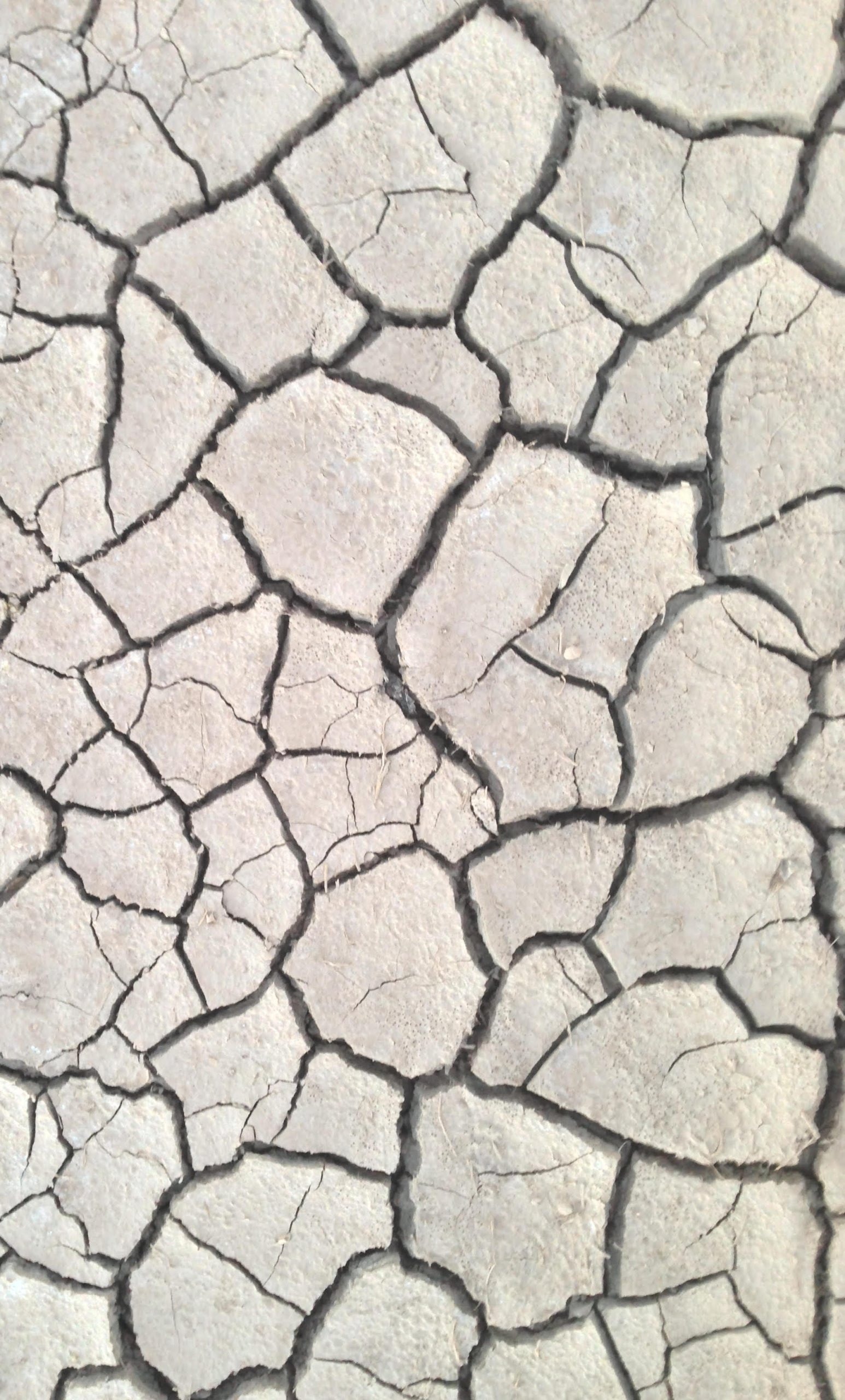
Throughout history humans have been fascinated with patterns found in nature.
The quest to understand and utilize these patterns has unfolded over time. Early Greek philosophers described natural patterns like mathematical harmonies in music. Plato believed in the existence of natural universals and searched for ideal forms in nature. Leonardo di Vinci studied spiral leaf patterns and tree rings. Johannes Kepler found the Fibonacci sequence in the pentagonal shape of certain flowers. Adolf Zeising discovered that the branching veins and nerves in animals followed the golden ratio. In 1885, Wilson Bentley was the first to take micrographs of snowflakes. Biologist Aristid Lindenmayer in 1968 developed the “L-system” that modeled plant growth and led to the mathematics of fractals. Whether it is the study of symmetry, spirals, chaos, flow, waves, soap bubbles, tessellations, stripes, spots or cracks, the list continues to grow.
The image here shows cracks that formed in a lake bed as the water dried up and the mud on the bottom contracted. These cracks are linear openings that form in the mud to relieve stress. Mud is elastic, so it stretches or shrinks in a relatively uniform manner. When it reaches its breaking point and fails suddenly, it fails in all directions simultaneously. This creates cracks with roughly 120- degree joints. Conversely, when a material that is inelastic fails, the stress cracks are straight like a stress fracture in a stone or the branch of a tree. The crack pattern indicates whether the material is elastic or not. Not all cracks are created equal. Given the right conditions the cracks in elastic materials will heal—the cracks in inelastic materials will not. With all the emphasis being placed on resiliency these days, it is important to discern if we are building our future upon elastic or inelastic systems.
